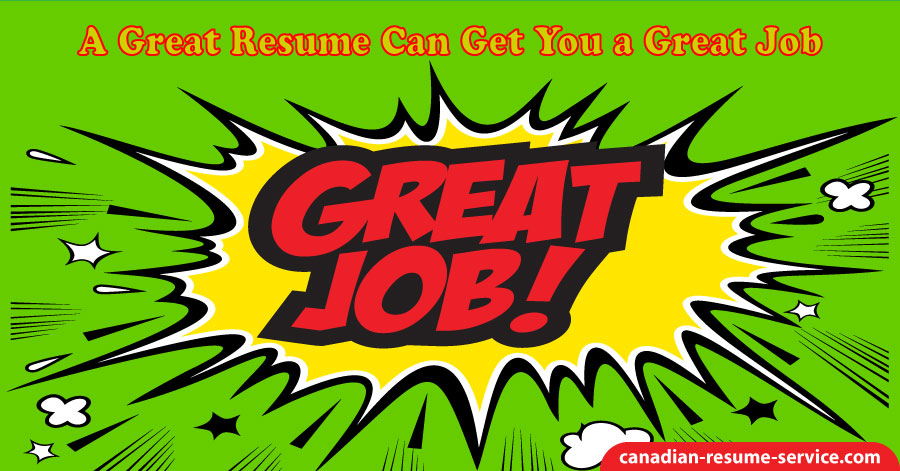In today’s competitive job market, a resume is far more than a summary of work experience; it’s your passport to opportunity. This meticulously crafted document should communicate your qualifications, achievements, and aspirations in a way that grabs the attention of potential employers.
As you embark on the journey toward your dream job, equip yourself with the right tools and techniques to navigate the recruitment process with finesse, confidence, and a clear sense of purpose.
1. Choose the Right Format
Your resume format serves as the framework for your professional narrative. The right choice between functional, chronological, or combination/hybrid formats depends on your experience and career goals. A chronological resume, for instance, emphasizes steady work experience and growth, ideal for someone with a long tenure in the same field. In contrast, a functional format highlights skills over specific job titles, making it perfect for recent graduates or individuals changing career paths.
Example:
If you’re a recent graduate with limited work experience but significant volunteer and project involvement, a functional resume could help highlight your capabilities. Under a “Skills” section, list relevant skills like project management or teamwork, supported by descriptions of your volunteer work, rather than focusing on limited job history.
2. Showcase Your Achievements with Impact
Achievements are the beacons that make your resume shine. Don’t simply list your responsibilities; emphasize results and impacts wherever possible. Quantifying accomplishments—such as “increased sales by 30%” or “reduced customer service response time by 40%”—makes them tangible and compelling.
Example:
Instead of writing “Managed a team to complete marketing projects,” use quantifiable results: “Led a team of five in a cross-departmental marketing project that increased engagement by 50% within three months.” This paints a vivid picture of your contribution and value.
3. Write a Compelling Professional Summary
The first section of your resume should give recruiters an immediate sense of who you are and what you bring to the company. Craft a concise career objective reflecting your aspirations and alignment with the job. Tailor this section for each job application, using keywords and language that resonate with the specific role and company culture.
Example:
Your summary for a project manager role is: “Driven project manager with five years of experience in high-impact initiatives, specializing in agile frameworks and cross-functional team leadership. Known for delivering projects on time and under budget, with a strong focus on process optimization and team engagement.”
4. Illuminate Relevant Experience
In the experience section, highlight roles most relevant to the position you’re seeking. Focus on your responsibilities, achievements, and challenges you overcame in previous roles. Avoid generic descriptions; emphasize how you added value to your previous positions.
Example:
If applying for a sales position, rather than writing “Responsible for customer accounts,” consider, “Managed 50+ customer accounts with a 98% satisfaction rate, achieving top sales performance in the region for two consecutive quarters.”
5. Research to Personalize
Research the company and the position thoroughly before finalizing your resume. Understanding an employer’s goals and pain points allows you to tailor your resume to highlight relevant skills and experiences. By aligning your resume to the job description, you’re showing that you’re qualified and invested in their specific needs.
Example:
If the job description emphasizes team collaboration, highlight instances where you worked successfully in teams, whether managing group projects, spearheading a cross-functional initiative, or contributing to a collaborative company culture.
6. Ensure Clear and Accurate Contact Information
Your resume’s effectiveness hinges on clear and accessible communication. Verify your contact information meticulously to avoid missed opportunities due to incorrect details. Including a professional email address and an updated LinkedIn profile link can also enhance credibility.
Example:
If your email address is “jobhunter1990@example.com,” consider creating a professional email, such as “firstname.lastname@example.com,” which appears more polished to prospective employers.
7. Keep It Concise and Relevant
Hiring managers often scan resumes, so make every word count. Keep your resume concise and focused on relevant skills, accomplishments, and experiences. Aim for clarity and brevity, focusing on what makes you uniquely qualified for the job.
Example:
Limit descriptions for less relevant jobs to a single line, such as “Customer service representative at XYZ Company—developed strong interpersonal and problem-solving skills.”
8. Refine and Polish with Precision
A resume is a formal document that must be error-free. Edit and re-edit carefully, ensuring flawless grammar, spelling, and punctuation. Aim for a clean, organized layout that makes information easy to find. Consider using tools like Grammarly or having a trusted friend or colleague review it.
Example:
If you’re applying for a marketing role, a typo or formatting inconsistency might suggest a lack of attention to detail—an important quality in that field.
9. Adaptability Is Essential
Creating a versatile resume that you can adjust for each job application is key to success. Save your resume in an editable format, allowing quick changes to showcase the most relevant skills and experiences. Customize your resume based on specific job descriptions, aligning it with the language and skills mentioned by the employer.
Example:
Highlight technical skills and software expertise for a project manager role in a tech company while emphasizing leadership and customer service skills for a managerial role in a retail setting.
10. Approach with Confidence and Conviction
The final ingredient to a standout resume is confidence. Approach the resume-writing process as an opportunity to showcase your unique value and potential. Remember, your resume is not just a list of jobs but a testament to your journey, growth, and aspirations.
As you embark on the job hunt, remember that your resume is more than a document—it’s your declaration of intent, your professional story crafted with purpose. By investing time and thought into each section, you create a resume that captures who you are, instilling confidence in prospective employers and opening doors to new opportunities.

